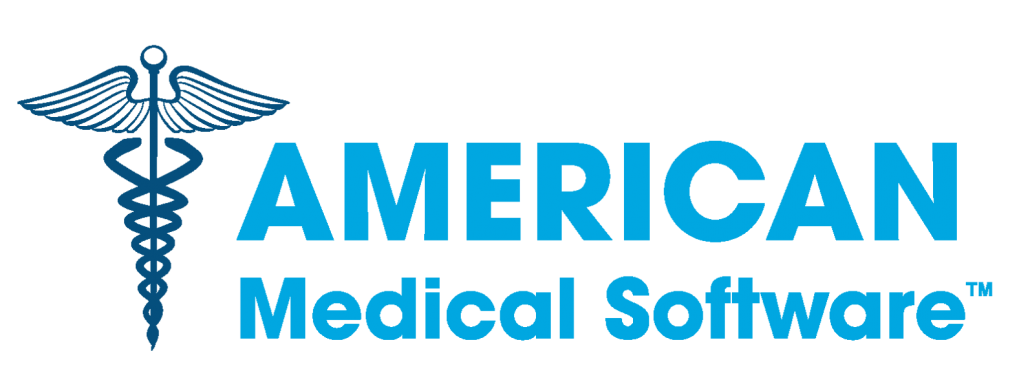E-prescribing Continues Growth Among Docs
Today, eight of every 10 doctors in Michigan send patient prescriptions to the pharmacy electronically.
The increased adoption of technology in the health care industry furthers the trend of recent years as doctors look to cut down on errors, avoid adverse drug reactions among people taking more than one medication and improve efficiency.
The 81 percent of Michigan physicians who routed prescriptions electronically as of 2012 compared with 71 percent in 2011 and 41 percent in 2010, according to a recent study.
E-prescribing Continues Growth
The e-prescribing rate has grown rapidly in Michigan and nationally in recent years as the health care industry placed a greater emphasis on using the technology to reduce errors that occurred largely because of a physician’s illegible handwriting on a paper prescription.
In a 2010 study, researchers at Cornell University’s Weill Medical College in New York found that 37.3 percent of paper prescriptions they analyzed had errors. A year later, the error rate had dropped to 6.6 percent per every 100 prescriptions among doctors who had adopted e-prescribing technology.
Incentives offered by health plans and Medicare and Medicaid have helped drive the large growth in the e-prescribing rate over the last few years. As physicians adopt the technology and meet use thresholds, they are rewarded with slightly higher reimbursement rates. Medicare and Medicaid now even penalize doctors who do not use the technology.
The incentive payments are intended to ease startup and administrative costs for physicians adopting the technology.
The health plan’s rate has inched up to 73 percent as of May 2013, and some believe it can exceed 80 percent by 2014. The annual rate of growth, however, may taper off. About 10 to 15 percent of prescriptions are for controlled substances such as Valium or the painkiller Vicodin that doctors are not allowed under federal law to prescribe electronically.
Despite the ability of e-prescribing to reduce prescription errors and improve patient safety, the technology is not a panacea.
The problems today typically occur when information is getting input into an e-prescribing system. A doctor inadvertently may select a wrong medication using a pull-down window in the software, for instance, and there remain inconsistencies in how patients are to use a medication, especially creams and inhalers.
Because e-prescribing is accepted as more accurate than handwritten prescriptions, errors that do occur may go uncaught and may become more serious than before, especially if they involve patients receiving the wrong medication. That means pharmacists have to take on a heightened role in identifying problems and in correcting them before dispensing medications.
 At one point a few years ago, Michigan ranked among the top states in the U.S. for adopting e-prescribing, thanks largely to a major initiative in the Detroit area that pushed the technology. As other states have grown their rates, and as Michigan began to top out and experience limited room for further growth, the state’s national ranking fell to 16th in 2012.
At one point a few years ago, Michigan ranked among the top states in the U.S. for adopting e-prescribing, thanks largely to a major initiative in the Detroit area that pushed the technology. As other states have grown their rates, and as Michigan began to top out and experience limited room for further growth, the state’s national ranking fell to 16th in 2012.
The number of actual new and renewed prescriptions sent electronically grew to 38 percent nationally last year, and stood at 49 percent in Michigan for eligible prescriptions, or those involving medications with non-controlled substances. That compares to 38 percent in the state in 2011 and 29 percent in 2010.
Source: www.mibiz.com; Mark Sanchez; September 2, 2013.




Leave a Reply
Want to join the discussion?Feel free to contribute!